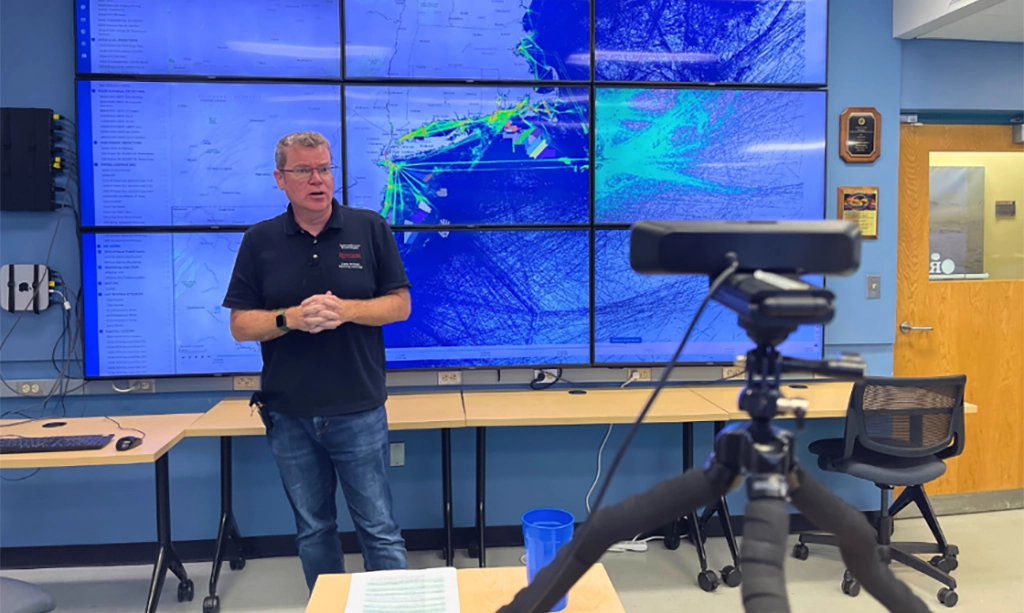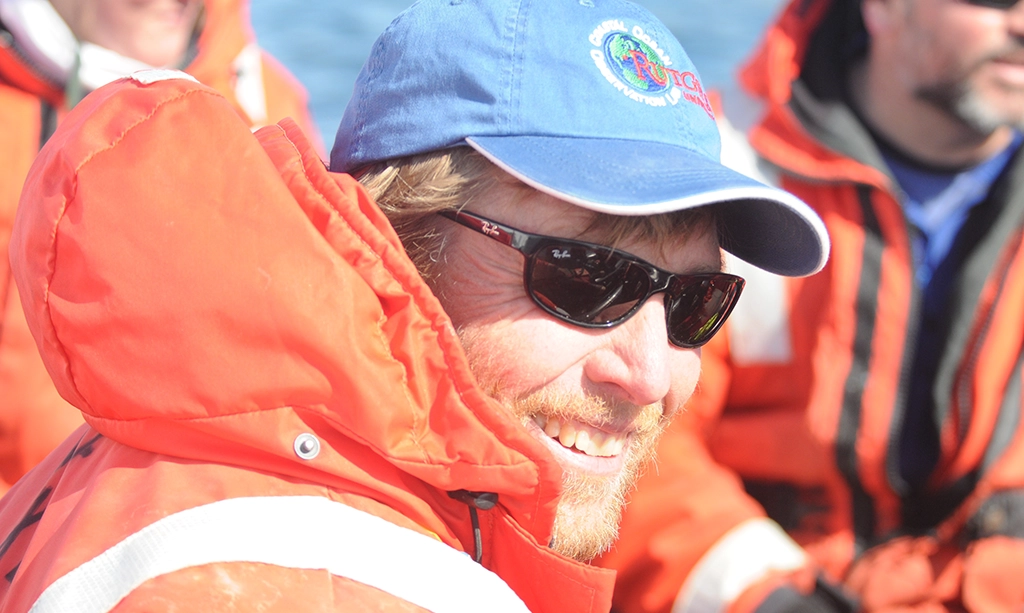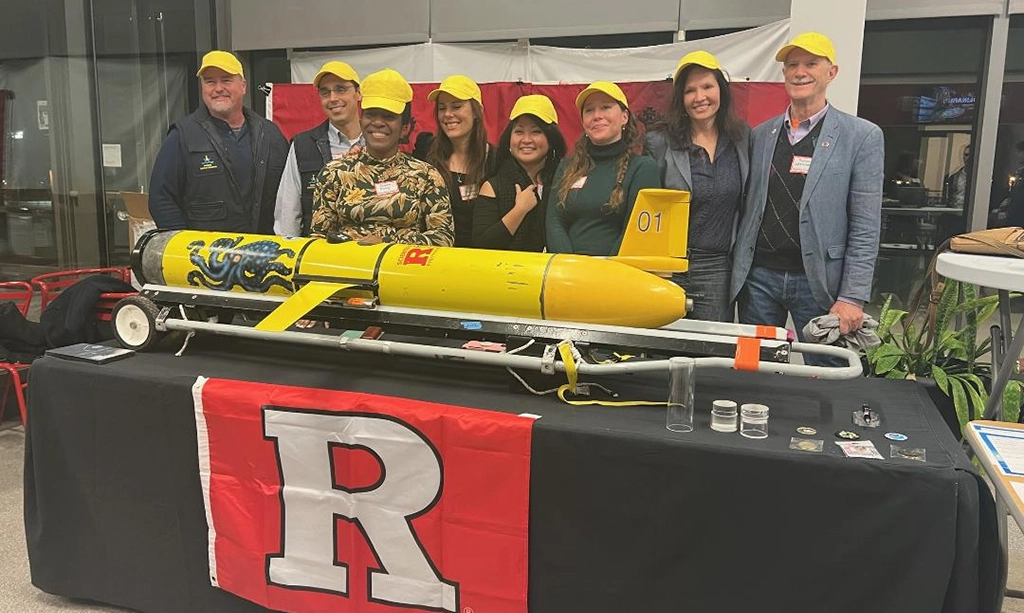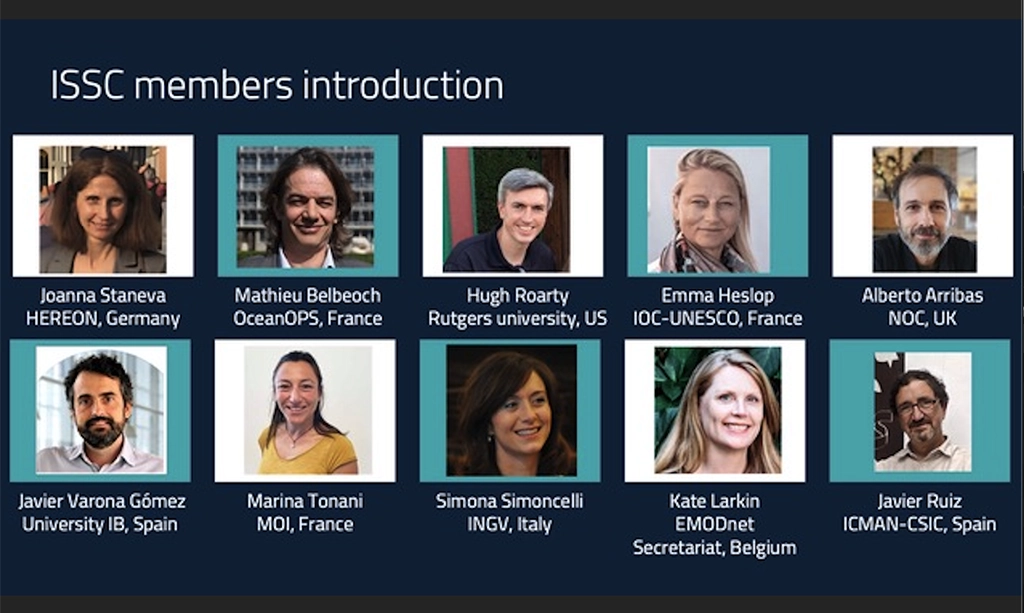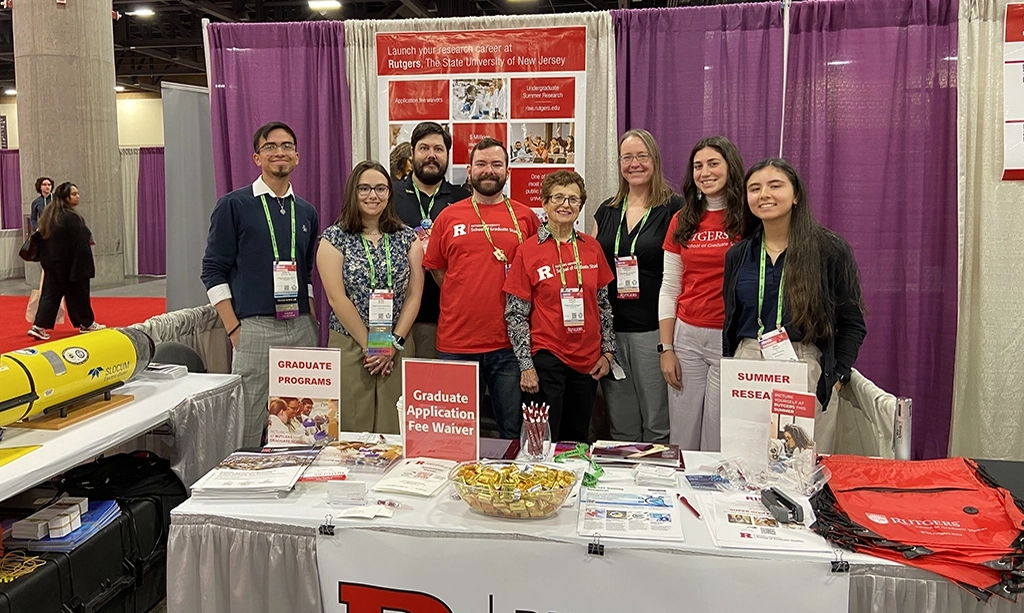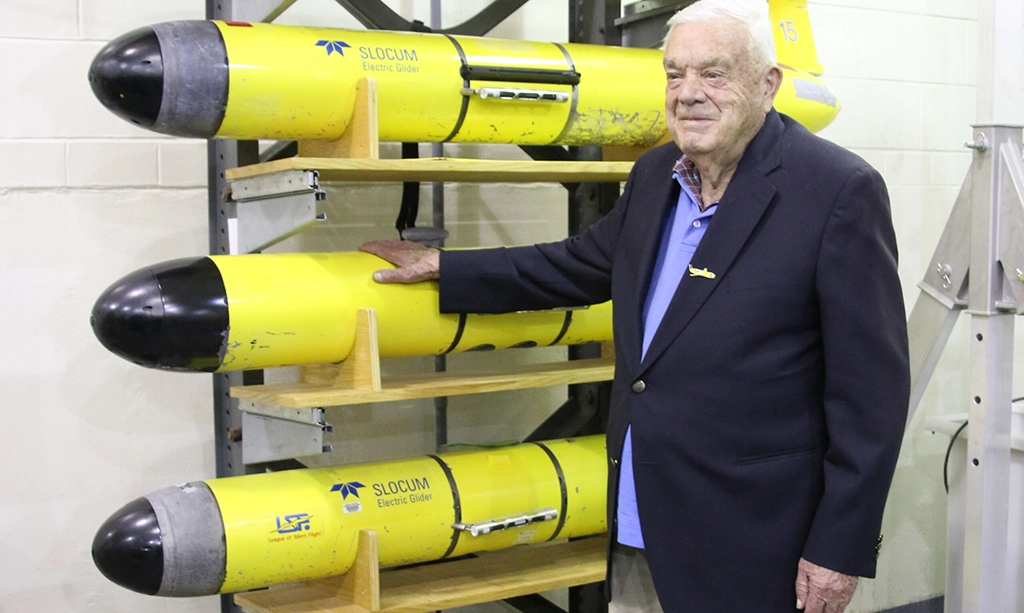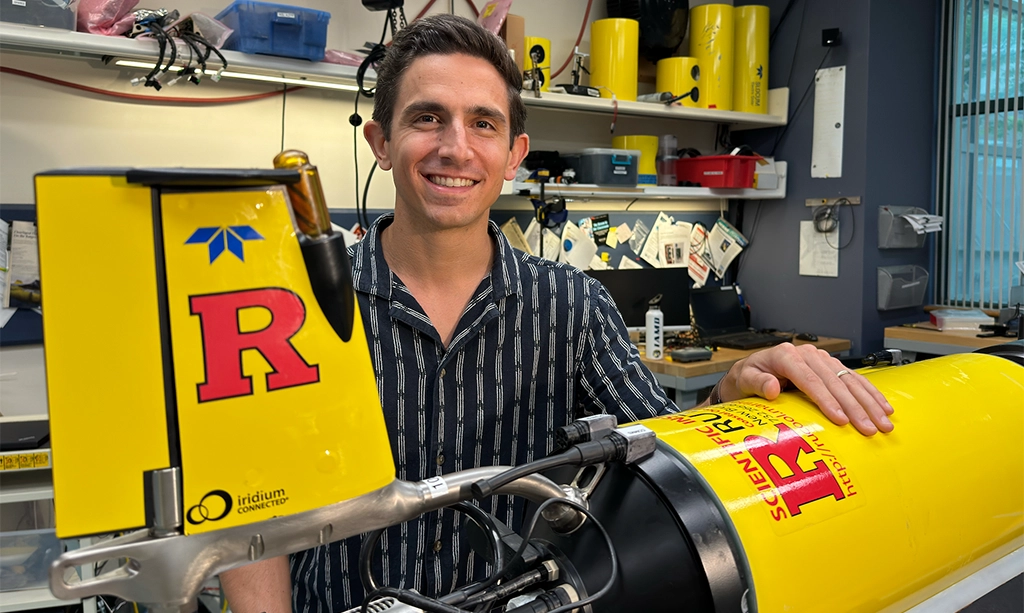Rutgers Science Webinar Plunges Into Ocean Exploration with More Than 265 Students
More than 265 students from across the U.S. dove into the mysteries of the ocean and explored how STEM can address global environmental challenges during a virtual event hosted by…

